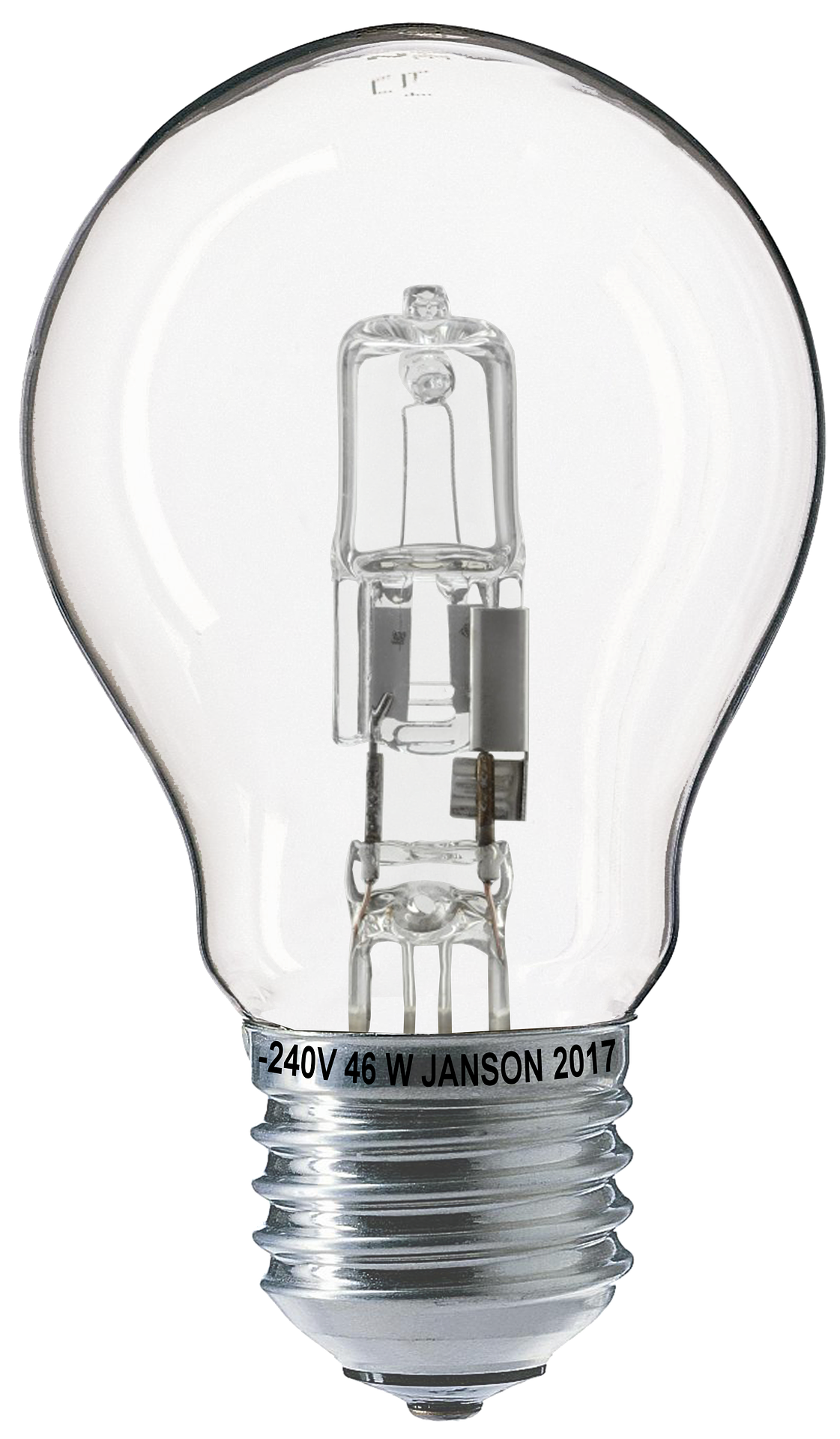As of 01.09.2018, the sale of low-voltage halogen lamps and HV lamps is prohibited. We provide you with the most important background information.
The European Union (EU) has determined that energy consumption should be gradually reduced, thereby protecting the environment. And the ban on the use of mercury in luminaires is designed to provide greater safety.
Consequently, the LED is becoming a mandatory must-have across Europe. Nevertheless, the costs are often amortized after about 3 years and the lifespan is usually far from finished.

But now to the background. The EU introduced the so-called light bulb ban in 2009. Many remember the subsequent almost panicked hamster purchases of incandescent bulbs. As a result, the development and sale of LED and fluorescent tubes has been massively advanced. The ban was phased in. In this way, the EU is actively trying to reduce energy consumption in the private and commercial sectors. As with the “incandescent bulb ban” in 2009, residual stocks may continue to be sold and used. Since 2016, the sales ban has been extended to many fluorescent tubes. These are to be banned outright under the “Ecodesign Directive” from 2020. The reason here is the extremely toxic mercury. As the demand for the efficiency of the light bulb increases at the same time, from 2020 only T5 fluorescent tubes, most efficient halogen metal vapour lamps and low-pressure sodium vapour lamps and, of course, LED (1) will be available to us.
As of 01.09.2018, the sale of all halogen and incandescent bulbs is prohibited, the efficiency of which is worse than Class B. Exceptions are clear halogen lights with R7s or G9 plinths. In addition, the regulation also lists, among other things, the following exceptions:
The requirements of this regulation do not apply to the following household and special lamps
- Lamps with bundled light
- Lamps with a stream of light below 60 lumens or over 12,000 lumens
- Fluorescent lamps without a built-in ballasts
- High-pressure discharge lamps
It should be noted that fluorescent tubes must be collected and disposed of correctly when retrofitting to LED. Because of the mercury content, fluorescent tubes are not allowed into household waste or glass containers. Delivery of old fluorescent tubes is possible in the following places:
- Retailers must take this product back, but of course the previous purchase must be substantiated
- Supermarkets and drugstores often offer collection points for light bulbs
- Local recyclable yard
Should a fluorescent tube break, caution should be maintained in any case. If a fluorescent tube is broken, we recommend the immediate ventilation of the room, absolutely avoid skin contact, wear gloves at the removal, instead of using the hand sweep a piece of cardboard to bring together, pick up other splinters with damp cloth and absorb everything Leave to be professionally recycled in a sealable vessel at the recyclable yard. The gloves used, heavily soiled clothing, used cloths, etc. should also be fed to the garbage.
Definition:
EU Directive: Individual member states can decide for themselves how to implement EU directives. So there is some room for manoeuvre in the implementation.
EU regulation: They are directly effective and binding on each Member State and must be implemented.
Sources:
EU Regulation (EC) No 244/2009
EU Regulation (EC) No 245/2009
1: https://www.gluehbirne.ist.org/gluehbirnenverbotzeitplan.php
